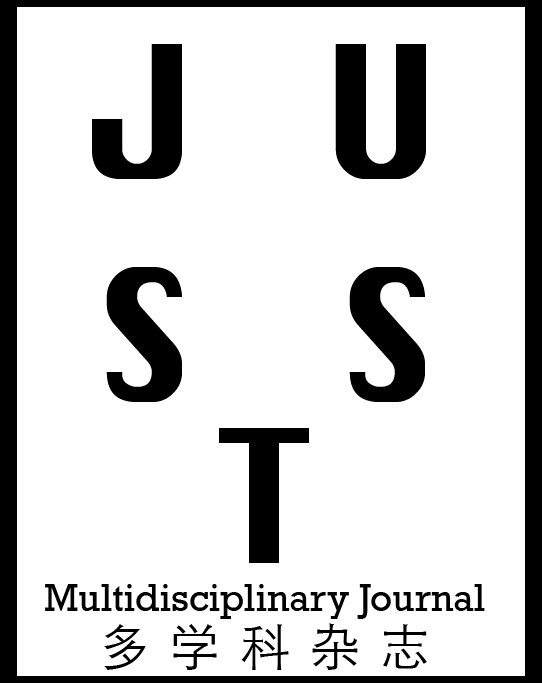Wondimu Elias Worajo, Tadewos Adema Amona
Department of Hydraulic and Water Resources Engineering, Wolaita Sodo University, Wolaita Sodo, Ethiopia.
Assessing Access to Water Supply and Hygienic Sanitation Facilities in Bele Town, Ethiopia
Authors
Abstract
It is common for many international organizations to use access to safe drinking water and hygienic sanitation
facilities as a measure for fighting against poverty, disease, and death. The main aim of this study was to asses’ the
water supply and hygienic sanitation facilities in Bele town. To collect the primary data by face to face interview,
364 sample households selected out of 3998 total households in the town. Additionally, reviewing documents and
observational check lists were used to collect secondary data. Data was analyzed using SPSS version 20 and
Microsoft excel statistical software. Most of the communities i.e. 65.4% have access to improved water supply
sources. But still 34.6% of the residents use unimproved water sources. Even if there was piped water supply
system in the town, only 44.8% of the residents get their primary water from yard taps and 37.9% depend on public
taps and remaining 17.3% of residents get their primary water from different unimproved sources. More than 90% of
the households have pit latrines with or without supper structures for defecation but 52.2% of households have no
any hand washing facility near latrine. Additionally, 60.5% of hand washing facilities near the latrine have no any
water inside. Most of the residents’ i.e.47.5% dispose their domestic solid waste open fields and communal waste
pits near to them, 35.7% of residents’ burn their domestic solid waste in their compound. In order to address the
demand of the town, additional water supply and hygienic sanitation facilities are required.
